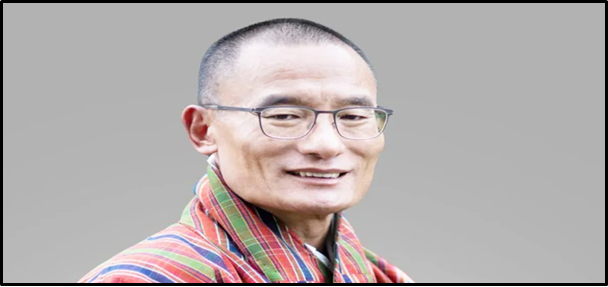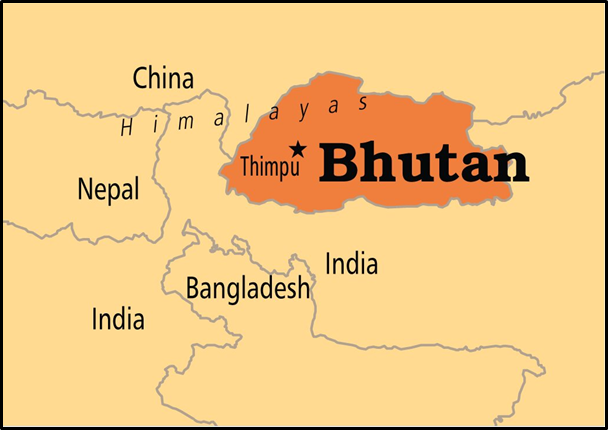People’s Democratic Party (PDP) wins elections in Bhutan
@newsonair - FILE PICS
News
- The People’s Democratic Party (PDP), led by former prime minister Tshering Tobgay, won the majority of seats in Bhutan’s parliamentary elections and will form the next government.
- According to Bhutan Broadcasting Service, the PDP has regained control of 30 out of 47 National Assembly seats, while the Bhutan Tendrel Party has managed to secure 17 seats.
- It is anticipated that Tobgay, 58, will take over as prime minister twice.
- According to official statistics quoted in his PDP manifesto, one in eight people found it difficult to meet their basic needs for food and other necessities.
- The members of parliament were chosen by about 500,000 voters from a field of 94 candidates put forth by the PDP and the Bhutan Tendrel Party (BTP).
- Three other political parties, including the ruling Druk Nyamrup Tshogpa party, were eliminated in the November primary election.
India – Bhutan Relations
- Bhutan has maintained close and cordial relations with India ever since gaining its independence in 1947 and India is Bhutan’s largest trading partner and a major source of technical and financial assistance.
- Bhutan is strategically important to India because it shares borders with China and is seen as a buffer state between the two countries. The Siliguri corridor, also known as the “chicken’s neck,” provides a buffer between the northeastern states and the Indian mainland.
- Cultural Links: India and Bhutan share a rich cultural heritage. The religion, language, and customs of Bhutan are greatly impacted by Indian culture. Bhutan has also been a major backer of India’s cultural diplomacy.
- Economic Links:
- The cornerstone of bilateral economic cooperation is mutually beneficial hydropower cooperation with Bhutan, which offers Bhutan economic prosperity and India clean power;
- Bhutan now has the highest per capita income in South Asia thanks to the growth of hydroelectricity as one of its main sources of income;
- India is Bhutan’s main trading partner and a major source of financial assistance. For example, India and Bhutan have nearly tripled their trade from US$484 million in 2014–15 to US$1.42 billion in 2021–22 since 2014. This trade accounts for about 80 percent of Bhutan’s total trade.
- Security: An important part of maintaining Bhutan’s security has been India. For example, India’s military assists in guarding Bhutan’s borders and has provided Bhutan with assistance in fighting insurgent groups. Regarding the 2017 Doklam crisis.
About Bhutan
- Bhutan is a landlocked nation tucked between China and India. Bhutan’s terrain is dominated by mountains and valleys and the capital city of Butan is Thimphu.
- Following the country’s first democratic elections, Bhutan attained democracy in 2008 and the Head of State is the King of Bhutan and has monarchy with a parliament for governance.
- The Kingdom of Bhutan is its name. Druk Gyal Khap, meaning “Land of the Thunder Dragon,” is the name given to Bhutan.
- The Manas River, spanning more than 376 km, is the longest river in Bhutan.
- In the foothills of the Himalayas, the Manas River forms a transboundary between southern Bhutan and India.
- Bhutan shares borders with just two nations: Tibet, an autonomous region of China, and India.
Source: newsonair
Disclaimer: All efforts have been made to represent India accurately and as per India government. However, Universal School of Administration, Bengaluru and its associated people do not own any responsibility for the correctness or authenticity of the same.
Please notify on the email: [email protected] if any inconsistency is found for the factual correctness.

 @newsonair - FILE PICS
@newsonair - FILE PICS


